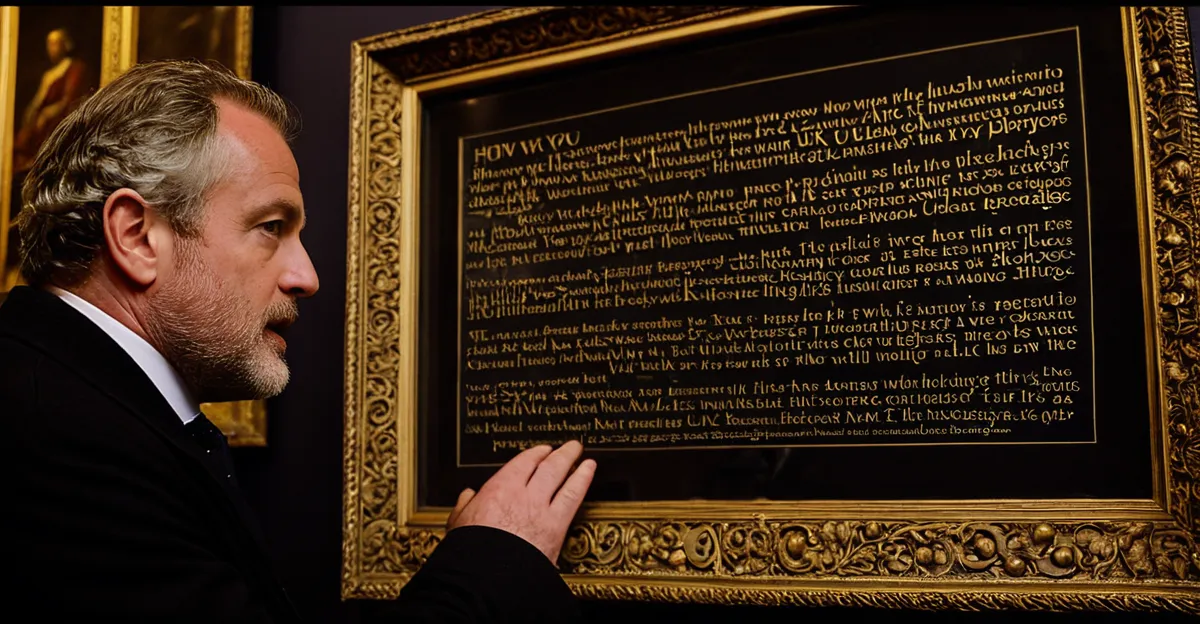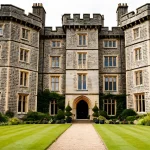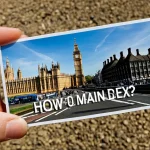Discovering the UK’s Cultural Heritage in Museums
Museums as portals to the past and present
Exploring UK cultural heritage through museums offers a unique, immersive experience that illuminates British history and traditions in vivid detail. Museums serve as custodians, preserving both local and national heritage in ways that engage all senses. Visitors gain access to artifacts, documents, and artworks that collectively tell the rich story of the UK’s diverse cultural identity.
In the same genre : What Unknown Adventures Await in the Lesser-Known Corners of the UK?
By stepping into a museum, one embarks on a journey of cultural discovery. Exhibits showcase centuries-old narratives, from ancient times to modern developments, deepening understanding of the nation’s complex social fabric. The careful curation highlights not only iconic events but also the everyday lives of people across regions. This fosters a greater appreciation of how varied influences have shaped the UK’s traditions and values.
Repeated museum experiences build a more nuanced view of British history, enabling connections between past and present. Whether encountering prehistoric relics or contemporary art, visitors come away with a profound sense of place and belonging. Museums thus transcend mere display; they are vibrant spaces that continually renew the public’s engagement with the UK’s cultural heritage.
Also read : Exploring the UK: What Makes Its Historical Sites a Must-Visit?
Notable Museums Showcasing UK Culture
Museums are cultural landmarks that embody the United Kingdom’s rich heritage. The British Museum, one of the most notable museums UK-wide, houses an extensive collection of art and artifacts from around the globe, reflecting centuries of history and the UK’s international connections. Its vast exhibits range from ancient Egyptian relics to detailed Greek sculptures, providing visitors with a world-class cultural experience.
Another cornerstone is the National Gallery in London, celebrated for its comprehensive collection of Western European paintings from the 13th to 19th centuries. This institution showcases masterpieces by artists like Van Gogh and Turner, anchoring the UK’s art scene and offering insights into cultural evolutions.
Beyond the capital, numerous regional museums play a critical role in highlighting local traditions and heritage. These institutions preserve unique collections that narrate the stories of Britain’s diverse regions, from industrial history to folk art. By visiting such museums, one gains a deeper understanding of the UK’s varied cultural landscape, making them essential stops for anyone interested in the nation’s identity.
Types of Exhibits Reflecting UK Heritage
UK museums showcase a diverse range of exhibits that illustrate the country’s rich heritage. Historical artifacts often serve as tangible links to national stories, revealing insights into significant events and everyday life across centuries. These historical displays include objects from ancient times through to modern history, giving visitors a deep understanding of the UK’s past.
Art collections in UK museums frequently highlight important artistic movements and celebrated artists who shaped British culture. From medieval manuscripts to contemporary works, these collections trace the evolution of creative expression and social influences across eras. They foster appreciation for the country’s artistic legacy and its global impact.
Science and industrial heritage exhibits emphasize the UK’s role in innovation and technological progress. Showcasing inventions, scientific achievements, and industrial advancements, these displays highlight key milestones in fields like engineering, medicine, and manufacturing. Viewing these exhibits helps visitors grasp the profound contribution the UK has made to global progress in science and industry.
Together, these types of exhibits create a comprehensive exploration of the UK’s heritage, appealing to visitors interested in history, art, and science alike.
Immersive and Interactive Museum Experiences
Interactive museum experiences have transformed how visitors engage with culture and history. By integrating technology and multimedia, museums create immersive learning environments that captivate all ages. Touchscreens, virtual reality, and augmented reality installations invite visitors to explore exhibits more deeply, making information both accessible and engaging.
Workshops, live demonstrations, and participatory activities play a crucial role in enhancing these experiences. Visitors can try hands-on exhibits, from ancient crafting techniques to scientific experiments, bridging the gap between observing and doing. Such activities foster curiosity and retention by involving multiple senses.
Family-friendly and educational programs are central to this approach, encouraging cultural learning in an enjoyable context. These programs often include guided tours tailored for children, interactive storytelling sessions, and group challenges that promote collaboration. By blending education with entertainment, museums ensure that learning continues beyond passive observation, creating memorable, meaningful visits for everyone.
Local Traditions and Community Stories Preserved in Museums
An insight into community heritage and folklore in museums
Museums play a crucial role in preserving local stories UK by curating collections reflecting a rich tapestry of community heritage. These institutions often focus on folklore in museums, capturing customs, oral histories, and traditions that might otherwise fade over time. By doing so, they provide a living connection to the past for current and future generations.
Engaging local communities is key to accurately representing their cultural narratives. Museums collaborate directly with residents to create exhibitions that celebrate rural and urban experiences alike. This approach ensures diverse voices are heard, including those from minority groups whose stories are frequently underrepresented.
Such collaborative exhibitions often feature artifacts, multimedia presentations, and personal testimonies that bring local stories UK to life. This method not only preserves heritage but also fosters a sense of pride and identity within the community. As a result, museums become vibrant spaces where history is actively shared and appreciated, rather than static archives.
Tips for Experiencing the UK’s Culture Through Museum Visits
Discovering the UK’s rich cultural tapestry through museum visits requires thoughtful planning. When crafting your itinerary, focus on planning museum trips that revolve around themes or specific regions. This approach enriches your cultural exploration UK by grouping related exhibits, making each visit more coherent and impactful. For example, follow a route covering maritime museums along the coast or focus on art museums in London, allowing a deeper dive into regional histories.
Different museum visit tips apply depending on who you travel with. Families may prefer interactive exhibits or workshops, while solo visitors might enjoy guided tours that provide detailed narratives. Groups can benefit from special group rates and private tours, enhancing the experience through shared insights. Look for museum passes offering access to multiple venues and special events, maximizing value and exposure.
Special events like talks, temporary exhibitions, or live demonstrations offer unique cultural insights not always found in regular displays. Checking museum websites ahead helps secure spots on guided tours, which deepen understanding and personally connect you to the UK’s heritage. With these strategies, your cultural exploration UK becomes not only informative but genuinely memorable.











